Serbia and Montenegro was the name of a country located in the Balkan peninsula, which existed briefly following the break-up of the former Yugoslavia.
From 1992 until 2006, Serbia and Montenegro existed as two components of a single state.
Then, following a referendum on independence, the state union was broken, and Montenegro became an independent state with its new capital in Podgorica.
Today Montenegro is a popular destination for tourists and retirees alike, who come to enjoy the country’s warm, Adriatic climate.
Investors, too, are attracted by the country’s low taxes, lucrative real estate market and the enhanced prospects promised by the nation’s currently pending EU membership bid.

Montenegro Country Profile
Population: 628,066
Capital City: Podgorica
Official Language: Montenegrin
Official Currency: Euro
Government: Parliamentary democracy. The president of Montenegro is the head of state, while the Montenegrin prime minister is the head of government and manages domestic affairs.

Are Serbia And Montenegro The Same Country?
Not anymore.
That country ceased to exist as of 2006 following a referendum on Montenegrin independence.
Following the referendum, Serbia and Montenegro split into two separate nations, though they still retain close cultural ties.
As a newly independent state, now separate from the Serbian state, Montenegro has its own parliament and its own official language.
Though not in the Eurozone, Montenegro uses the euro as its currency.
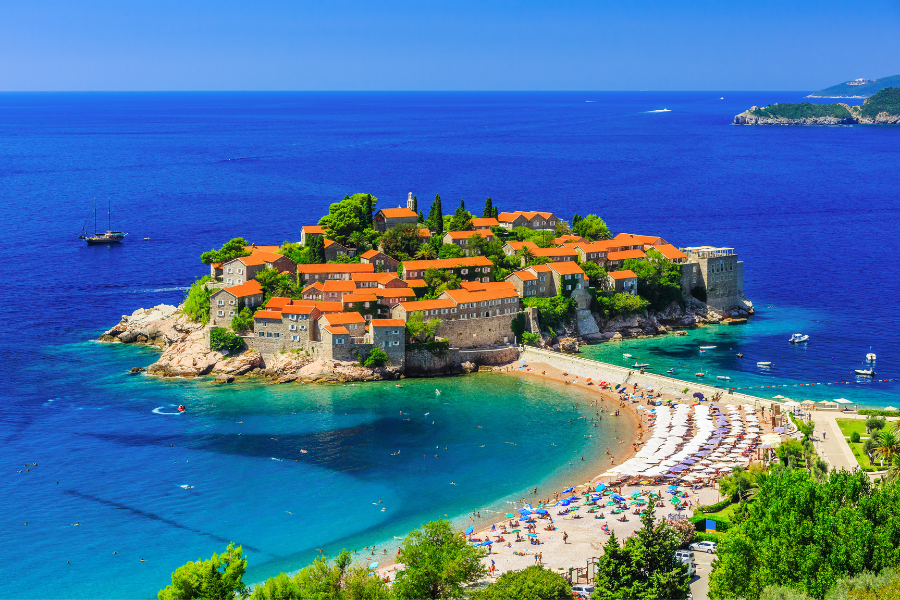
Joining The EU
Montenegro is currently in talks to join the EU.
In fact, it’s worth noting that of the eight countries currently under consideration, three candidates are from the former Yugoslavia.
Neighboring Serbia is also currently awaiting admittance, as is the former Yugoslav Republic of Macedonia, which officially changed its name to North Macedonia in 2018.
By joining the EU, Montenegro will raise its profile further, enjoying all the benefits of EU membership, including free travel, free trade, and other economic benefits.
Savvy investors have been quick to see the potential, which is why Montenegro has such a vibrant property market, bolstered further by high levels of tourism.
They know that when Montenegro eventually joins the EU, the value of their investments will rise.

And really, it’s only a matter of time.
But it’s the citizens of Montenegro who will see the greatest benefits. The road to independence and eventual EU membership has been a long one.
A Brief History Of Serbia And Montenegro
Before the First World War, Montenegro was an independent constitutional monarchy, then-known as the Kingdom of Montenegro.

Following the Podgorica Assembly of 1918, Montenegro was joined with the Kingdom of Serbia to form a new state, which, in turn, was absorbed into the Kingdom of Yugoslavia.
Socialist Federal Republic of Yugoslavia
Following the Second World War, as the map of Europe was once-again being redrawn, and with the Yugoslavian royal family still living in exile, Yugoslavia became the Socialist Federal Republic of Yugoslavia (SFR Yugoslavia).
While the general consensus in the west at the time was that of a unified bloc of communist states, in reality, this was not always the case. Relations between Belgrade and Moscow were far more nuanced.
On the one hand, long-standing cultural ties were further bolstered by ideological ones, but at the same time Yugoslavia had a strong desire to maintain its independence from the Soviet Union.
This was best demonstrated by the fact that, unlike its communist neighbors, The SFR Yugoslavia never joined the Warsaw Pact, the USSR-led coalition created as a counterbalance to NATO.
Instead, Belgrade served as the birthplace of the Non-aligned Movement, an organization of countries united in their formal opposition to Cold War policies.
The Non-aligned Movement was built on the idea that countries need not be aligned to one of the two superpower blocs but can instead retain their independence from them.
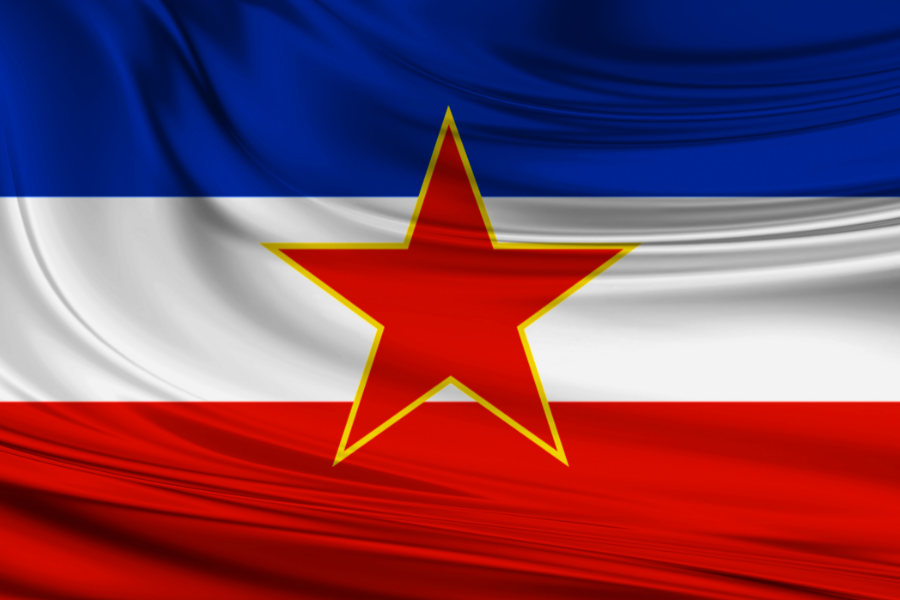
Federal Republic of Yugoslavia
The collapse of communism created a power vacuum which resulted in the break-up of Yugoslavia and the Balkans conflicts of the 1990s.
During this time, Serbia and Montenegro remained joined together to form the Federal Republic of Yugoslavia.
State Union of Serbia and Montenegro
In 2002, Serbia and Montenegro signed the Belgrade Agreement. This allowed for greater cooperation between the two countries. For decades the name Yugoslavia formed the basis of the country’s identity, however, after 2003, the name was dropped.
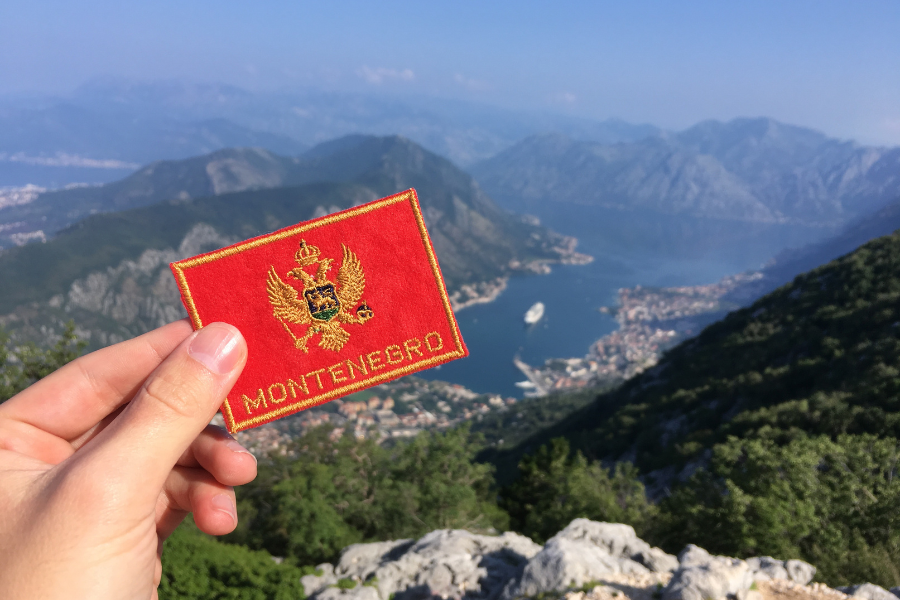
The country, therefore, ceased to be known as the Federal Republic Of Yugoslavia and was officially renamed in 2003 to become known as Serbia and Montenegro.
For the following three years, Montenegro remained under the control of the Serbian government in Belgrade, but this also resulted in a growing desire for independence inside Montenegro.
When Did Serbia And Montenegro Split?
Montenegro declared its independence from the Serbian state by referendum in 2006.
Following the peaceful transition, the state union between Serbia and Montenegro was severed, creating two new nations.
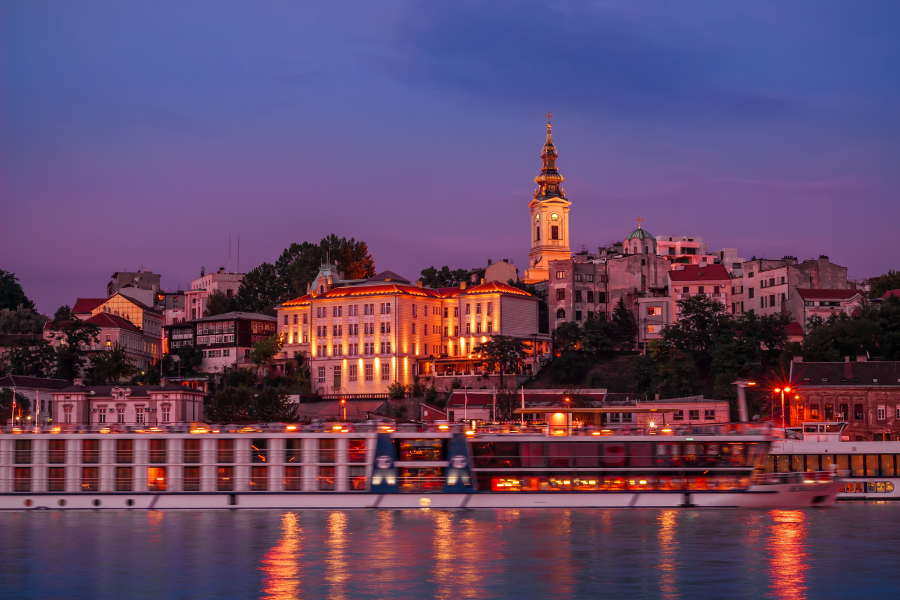
The two republics retained their close cultural ties, however, and later applied to join the European Union.
The independence referendum also gave Montenegro the opportunity to reclaim Montenegrin as its own official language.
The Future Of Serbia And Montenegro
With Serbia and Montenegro each applying to join the EU, the two republics have much to look forward to.
Both former Yugoslav republics have also worked to meet the EU’s various stringent conditions to help tackle corruption and bring their economics and institutions more in line with EU guidelines. As such, both the Montenegrin and Serbian populations have much to gain from membership.
While Serbia uses its dinar as currency, Montenegro already uses the euro as currency, which has helped to further bolster its tourism industry.

Though not a member of the eurozone, the choice to adopt the currency is not unprecedented.
Other small European countries, including Monaco and Andorra, have previously adopted the euro as their currency too.

Montenegro’s low taxes and thriving property market are just two reasons why investors are looking at the country with such interest.
As the country grows ever closer to joining the EU, the value of those investments is certain to increase.
A New European Investment Opportunity
As one of Europe’s newest nations and certain to soon become one of the EU’s newest member states (we believe sooner rather than later), Montenegro offers plenty of opportunities for investment.
The country’s warm, Mediterranean climate, long coastline, and stunning mountain scenery make it a popular destination for tourists, while the country’s affordability and high standard of living overall make it equally popular with retirees, digital nomads, and other expat groups.
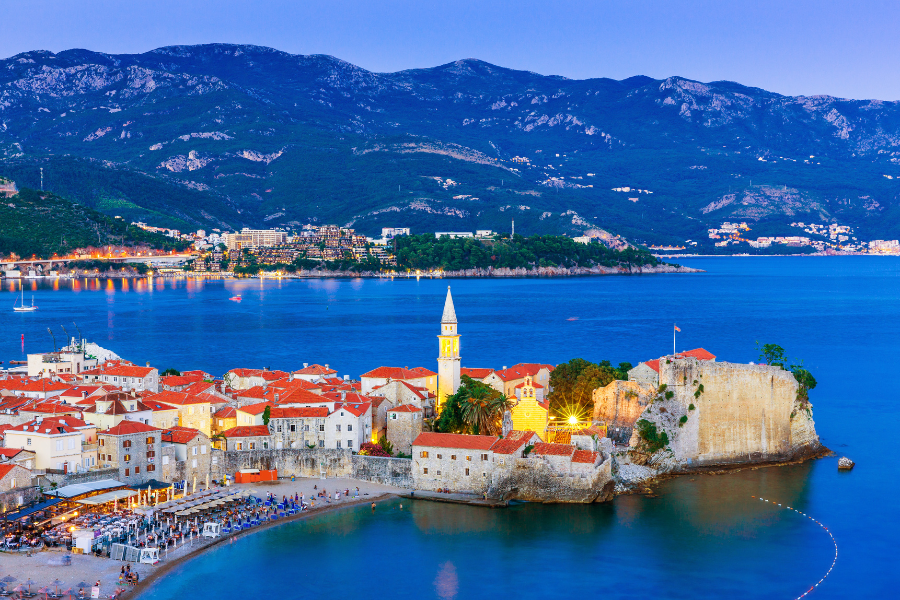
This growing popularity has resulted in a thriving property market with plenty of room for growth and investment.
Meanwhile the Montenegrin government, keen to diversity from tourism and property, is offering low taxes and other incentives to businesses looking for a European base of operations.
Montenegro is a low-tax and low cost country to set up a business, which also allows businesses to take full advantage of an affordable yet highly-skilled labor market.
Thanks to its booming tourist industry, Montenegro also enjoys high levels of English fluency, particularly among its younger population.
All these ingredients combine to make Montenegro one of the most exciting investment opportunities in Europe.
If you would like to learn more about these opportunities, or you’re already looking to invest and need legal assistance to help reach your goals, talk to The Best Adriatic today.
